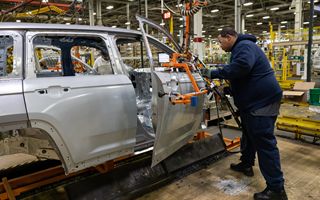(Finance) – “After two years of double-digit margins, i European car manufacturers are now proving that, when it rains, it pours“. He writes it in a note Kevin Thozetmember of the Carmignac Investment Committee, after the recent difficulties of the European automotive sector and in view of tomorrow’s vote on the possible introduction of duties on Chinese electric cars (EVs).
“There sequence of events is quite hectic. We saw a decline in new car sales in August (-15% across the region for both electric and petrol/diesel vehicles), rising costs as the industry shifts towards electric vehicles (it is not possible to go back after having promised 270 billion euros) and in the shadow of the new regulations on CO2 emissions per vehicle and the related fines – explains the expert – Added to this is the enormous task of addressing the issue of competitiveness of EU electric vehicles and the possible introduction of tariffs, on which the European Union will vote this Friday”.
The confluence of these events has weighed heavily on the sector, with theapex which was represented by forecast cut annually by Stellantis.
“The Italian manufacturer offers a case in point. Profit margins are expected to decline from 10% to 5% for 2024, essentially indicating a 0% EBIT margin for the second half of the year,” says Thozet. “This leads to consumption of working capital of 10 billion euros per year of working capital. This is a serious blow to the investment thesis, since it could put the generous dividends at risk and will most likely imply a farewell to buybacks“.
On October 4, the European Commission will vote on whether to impose tariffs on electric vehicles imported and produced in China. “As always, Europe will have to be a space open to compromise – says the member of the Carmignac Investment Committee – A concession – the application of tariffs, but with a reduced range of 10-25% – could offer a short-term benefit term for a sector that is going through a period of crisis and in which expectations have largely been reduced the risk – as often happens on the continent – is that the intervention is too limited and late. An intermediate approach will not solve the problem of competitiveness of the European automotive sector.”
